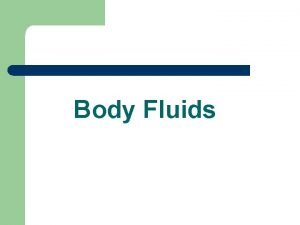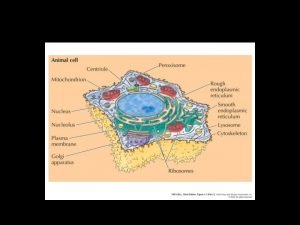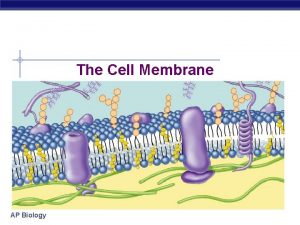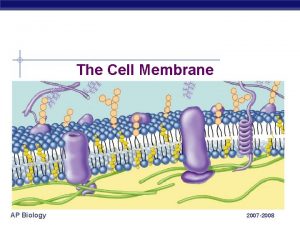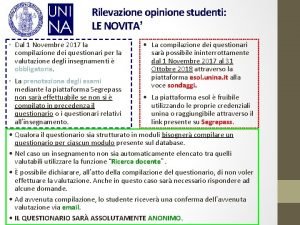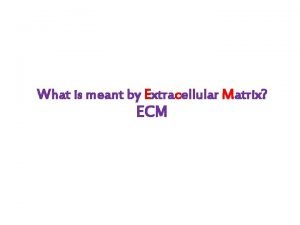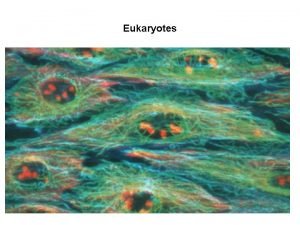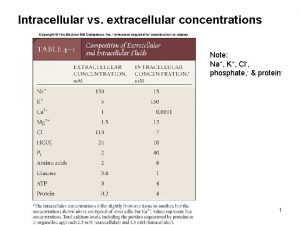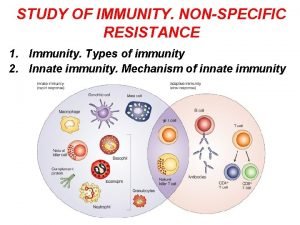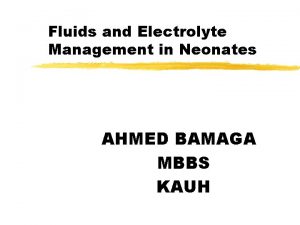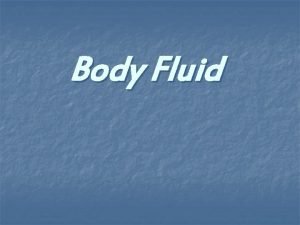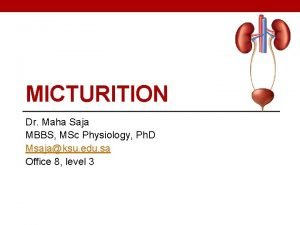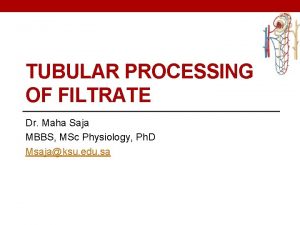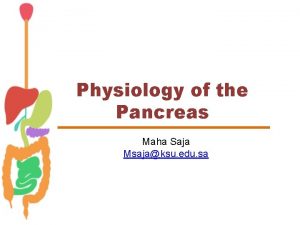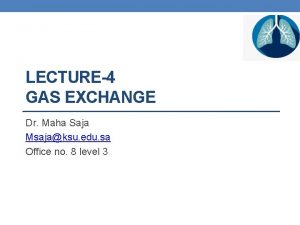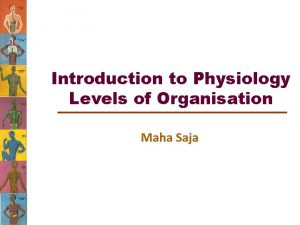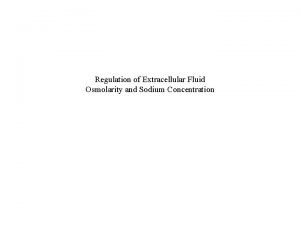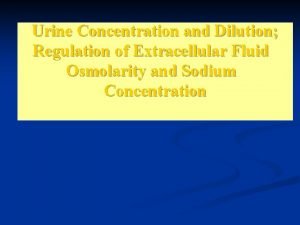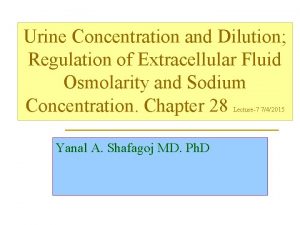REGULATION OF EXTRACELLULAR FLUID VOLUME Dr Maha Saja

















![The Renin-Angiotensin-Aldosterone System (RAAS) ↓ ABP ↓ [Na. Cl] at macula densa ↓ renal The Renin-Angiotensin-Aldosterone System (RAAS) ↓ ABP ↓ [Na. Cl] at macula densa ↓ renal](https://slidetodoc.com/presentation_image_h2/72986f433888d1de4f9abe104653810d/image-18.jpg)







- Slides: 25

REGULATION OF EXTRACELLULAR FLUID VOLUME Dr. Maha Saja Physiology department, Email: msaja@ksu. edu. sa

Objectives • Identify and describe the role of the sensors and effectors in the renal regulation of body fluid volume. • Describe the role of the kidney in regulation of body fluid volume. • Identify the site and describe the influence of aldosterone on reabsorption of Na+ in the late distal tubules.

Introduction Regulation of ECF Control of ECF volume Control of ECF osmolarity Why is it important to regulate ECF volume & osmolarity? Determines; blood pressure → tissue perfusion Affect; Cell volume → cell function

Introduction Regulation of ECF volume is regulated by Adjusting total body Na+ content ECF osmolarity is regulated by The two systems use different; Sensors Hormonal transducers Effectors Adjusting total body water content This is the focus of this lecture Na+ Excretion urine Water Excretion This was discussed in the last lecture

Why does the body regulate ECF volume by adjusting body Na+ content? ? Let’s revise a few concepts!

Electrolyte Composition of Body Fluids ECF The main osmotic constituents of ECF

ECF Volume • The most abundant cation in ECF is Na+ • The most abundant anions in ECF are Cl- and HCO 3 - • The body regulates ECF volume by monitoring and adjusting total body content of Na+ • ECF volume is closely linked to Na+ balance… How? ?

Why is Na+ Content the Main Determinant of ECF Volume? Na+ and its associated anions are the main osmotic constituents of ECF volume. When Na+ salts move, water must follow. ↑↑ [Na+] in ECF ↑↑ ECF osmolarity ↑↑ H 2 O reabsorption by kidney and stimulate thirst Increases ECF volume

Sodium Balance Input Output • Dietary intake; • RDA = 1. 5 -2. 3 g/day • Actual content in western diet = 7 g/day • Kidney (most important). • GI loss • Sweat Minor pathways under normal conditions (Preston & Wilson. Lippincott’s illustrated reviews Physiology)

Sodium Distribution in the Body sodium distribution ECF ICF Bones (65%) (5 -10%) (25 -30%) As Na+ apatite salts Exchangeable (Boron & Boulpaep. Medical Physiology)

ECF VOLUME REGULATION

ECF Volume Regulation • What does the body sense? • What are the sensors? • How does it execute its action? What are the effectors?

What Does the Body Sense? • The body does not sense ECF volume per se! But it senses Effective circulating volume (ECV). • Effective circulating volume (ECV) = a functional blood volume that reflects the extent of tissue perfusion in specific regions, as evidenced by the pressure in their blood vessels. • In short, ECV reflects adequacy of circulation. Fullness and pressure in the vessels. • Usually changes in ECV parallel those of ECF volume. (Boron & Boulpaep. Medical Physiology)

Effective Circulating Volume Normal ECF volume Decrease in ECF volume Increase in ECV Normal ECV Decrease in ECV Increase in ABP & tissue perfusion Normal ABP and Adequate tissue perfusion Increase in ECF volume Decrease in tissue perfusion

What are the Sensors? • Changes in ECV are sensed by baroreceptors. • Low-pressure baroreceptors. • High-pressure baroreceptors. (Boron & Boulpaep. Medical Physiology)

What are the Effectors? Change in ECV (ECF volume) Affects ECV sensors Baroreceptors This generates 4 distinct hormonal/neural pathways RAAS Sympathetic NS ADH ANP

The Renin-Angiotensin-Aldosterone System (RAAS) ↓↓ ECV ↓↓ stretch of baroreceptors in the afferent arteriole Causes granular cells to release Renin Angiotensinogen ↑↑ reabsorption of Na+ from tubule Renin Angiotensin-I ↑↑ Aldosterone ACE ↑↑ ADH Angiotensin-II Vasoconstrictor ↓↓ Na+ excretion (Boron & Boulpaep. Medical Physiology)
![The ReninAngiotensinAldosterone System RAAS ABP Na Cl at macula densa renal The Renin-Angiotensin-Aldosterone System (RAAS) ↓ ABP ↓ [Na. Cl] at macula densa ↓ renal](https://slidetodoc.com/presentation_image_h2/72986f433888d1de4f9abe104653810d/image-18.jpg)
The Renin-Angiotensin-Aldosterone System (RAAS) ↓ ABP ↓ [Na. Cl] at macula densa ↓ renal perfusion pressure (Boron & Boulpaep. Medical Physiology)

Sympathetic Nervous System (SNS) Its role is thought to be especially important during stressful conditions, e. g. hemorrhage. ↓↓ ECV Stimulates SNS Direct ↑↑ Na+ reabsorption Indirect ↑↑ Renal vascular resistance Stimulate renin release

Atrial Natriuretic Peptide (ANP) • ANP promotes natriuresis (Na+ excretion). • Secreted by atrial myocytes in response to stretch. ↓↓ ECV ↓↓ ANP release ↓↓ Na+ excretion

Antidiuretic Hormone (ADH) Large ↓↓ in ECV ↑↑ ADH (AVP)

Summary

Summary

Final Note • Although, under physiologic conditions, the body regulates plasma volume & plasma osmolarity independently. • Severe derangements in fluid & electrolyte balance may challenge the system by presenting two conflicting changes in osmolarity and volume. • In general, the body defends volume at the expense of osmolarity.

THANK YOU
 Intracellular extracellular fluid
Intracellular extracellular fluid Hypoosmotic
Hypoosmotic Viscoseal
Viscoseal Movement of body fluids
Movement of body fluids Intracellular fluid and extracellular fluid examples
Intracellular fluid and extracellular fluid examples Extracellular fluid contains
Extracellular fluid contains Intracellular and extracellular
Intracellular and extracellular Extracellular fluid
Extracellular fluid Extracellular fluid composition
Extracellular fluid composition Fungsi membran sel
Fungsi membran sel Nature reviews immunology
Nature reviews immunology Intercellular matrix
Intercellular matrix Deuteromycotes
Deuteromycotes Extracellular signal regulated kinase
Extracellular signal regulated kinase Reticular connective tissue location and function
Reticular connective tissue location and function Outline two roles of extracellular components
Outline two roles of extracellular components Extracellular digestion
Extracellular digestion Cl extracellular concentration
Cl extracellular concentration Neutrophil extracellular traps
Neutrophil extracellular traps Extracellular signal
Extracellular signal Major intra and extracellular electrolytes
Major intra and extracellular electrolytes Chylous ascites causes
Chylous ascites causes Fluid statics deals with fluid at rest
Fluid statics deals with fluid at rest Fluid statics deals with fluid at rest
Fluid statics deals with fluid at rest Rtt fluid mechanics
Rtt fluid mechanics Body fluid volume
Body fluid volume





